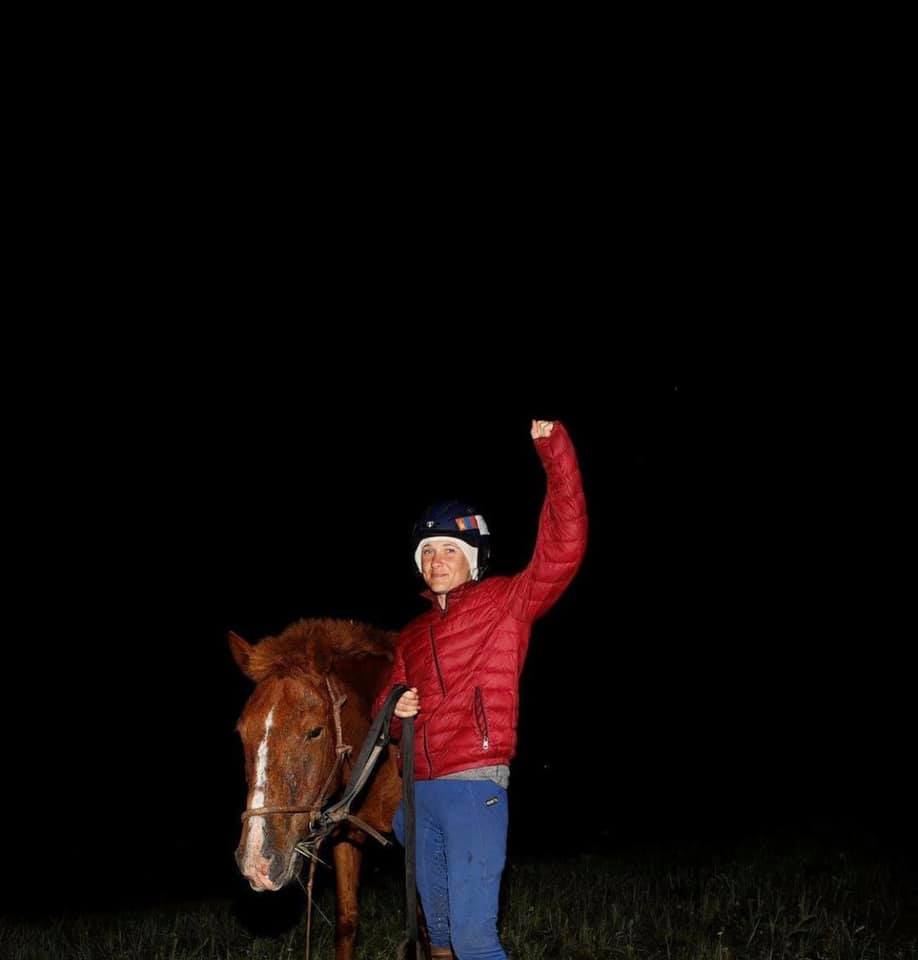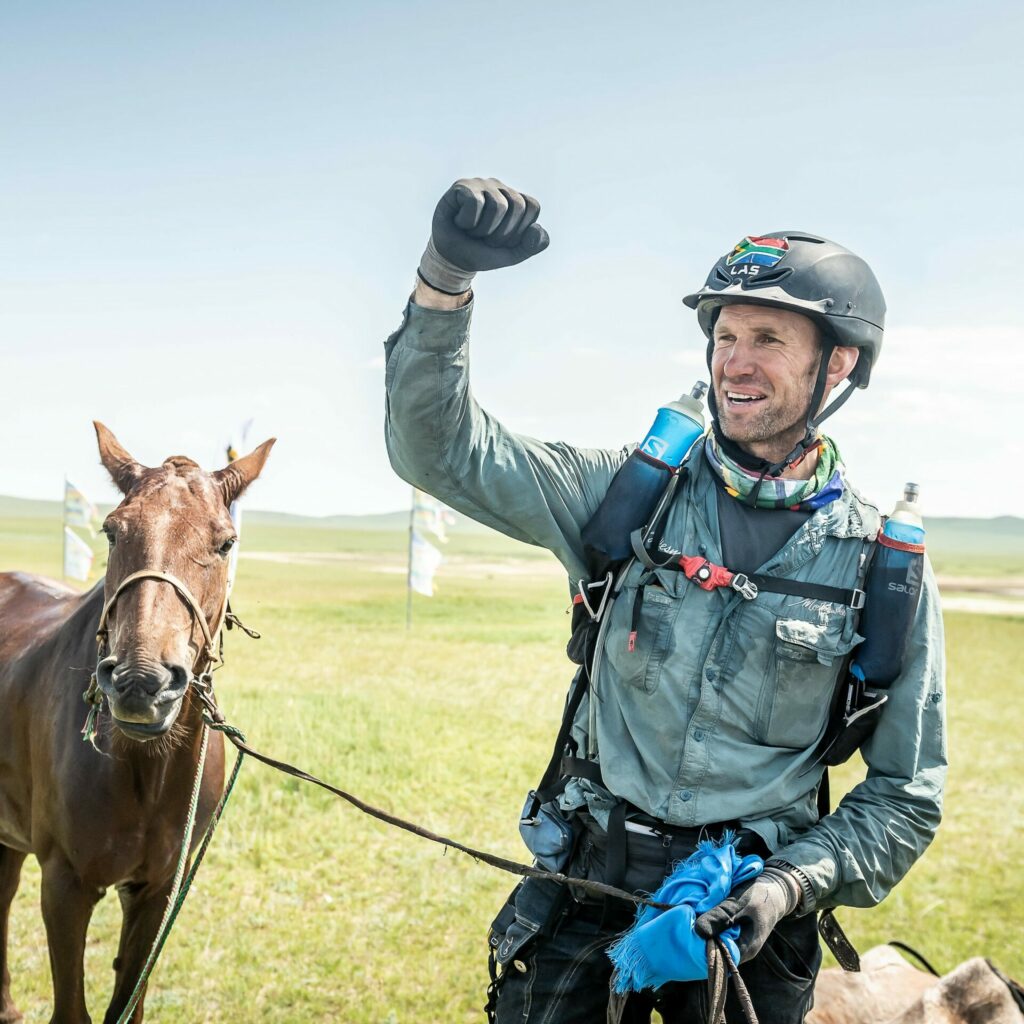Derby Diary #1
Welcome to our recap of some of the best/worst/most memorable moments of the Derby over the past decade. We’ll get into the nitty-gritty of this mind-blowing race with stories from many years, many riders, and many angles. What happens when a rider turns up in Mongolia but their carefully curated-and-tested-to-oblivion gear doesn’t? What really goes on at start camp? What goes on behind the scenes? What’s this all about? Stay tuned over the coming days to find out the answers to these questions and much, much more.
Where it all started, way, way back when:
Ever heard the term “Packing the Mail”?
The mighty Mongol Derby is a recreation of Chinggis Khan’s empire-hustling supply routes. Örtöös (check points) were manned by nomadic families who lived along these routes and provided food, shelter and fresh horses for the Mongolian army messengers. The Mongolian army was famous for travelling at high speeds atop their tough-as-nails horses, so these messengers needed to be faster. Urgent messages were known to travel at speeds of 200–300 kilometres (120–190 mi) per day.
The Mongol Derby is a 1,000km (600+ Miles) multi-horse adventure race, which partners with over 500 traditional Mongolian nomadic horse herders, 1,500 horses and a team of both local and international veterinarians, medics, event managers, translators, drivers and HQ crew. Together, with 45 odd international equestrians, we retrace the hoof prints of these ancient messengers.
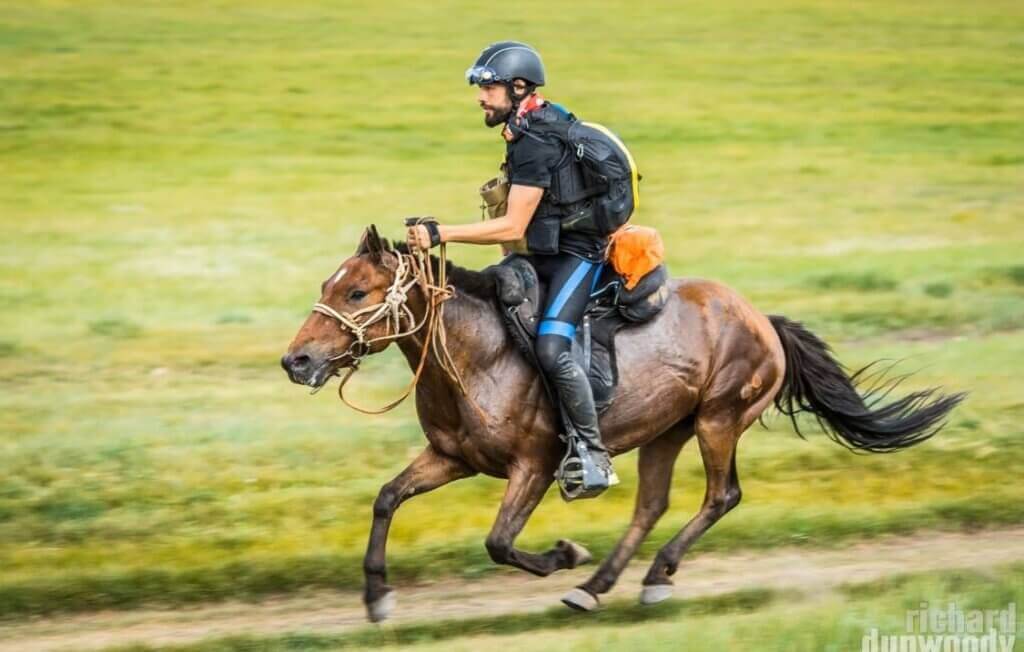
Photo by Richard Dunwoody
The backbone of the Mongol Derby is our partnership with over 500 traditional nomadic horse herders and their 1,500 horses.
The horse holds a very sacred place with the people of Mongolia. It is a symbiotic relationship that has existed for centuries – from the time of Chinggis Khan to the present. They say that a Mongol without a horse is like a bird without wings. The horses, as tough as the warriors they used to carry into battle, survive some of the most extreme conditions on earth. They range free on the steppe, with little human interference, where temperatures range from -40°C in the winter to +30°C in the summer. They forage for grass and sniff out water wherever they can find it. They live free of barns and fences and retain their wild instincts that ensure their survival.
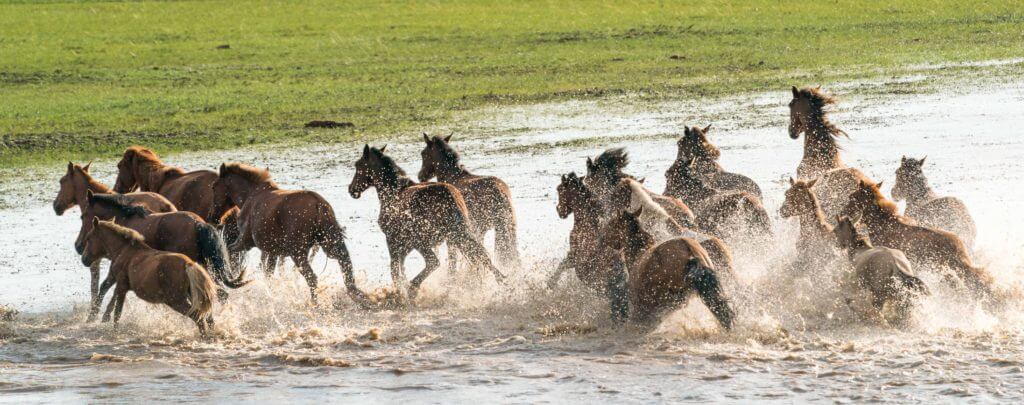
Mongolians are known to be some of the best horsemen and women in the world. Their skills, especially those involved in catching their semi-wild horses, are second to none. Throughout the ten day Mongol Derby, our riders from a variety of equestrian disciplines put their own horsemanship skills to the ultimate test of agility and endurance.
The race is a long one, and the journey to the start line is no less epic for the 40+ riders who compete in each Derby. In a normal, less Covid-y year, eager riders from across the planet would arrive in late July or early August at Chinggis Khaan airport, just outside Mongolia’s capital city of Ulaanbaatar. Training complete, they’d be bright-eyed and bushy-tailed, ready to take on our world’s longest and toughest horse race.
Now imagine you’re one of these brave riders, but that your 5kgs of essential survival kit you’ve spent the last year of your life carefully researching and piecing together gets lost somewhere between Russia and the bag-eating conveyor belts.
This is exactly what happened to these two derby riders on separate Mongol Derbies and these are their stories…
Saif Noon (Pakistan): “I got to the hotel after the airlines lost my bag which had all my kit in it. I wasn’t sure what I should do, I was quite nervous. I bumped into crew member Maggie who rallied the riders to see if they had any spares. Every rider ended up giving me a little bit: Joel from the USA who was riding with his soon-to-be wife was so generous and decided they would share her GPS and he gave me his. Mike from Botswana gave me his spare riding boots. Manuel from Portugal happened to have a spare set of riding pants. Tamara from Canada gave me zip-ties and electrolytes.
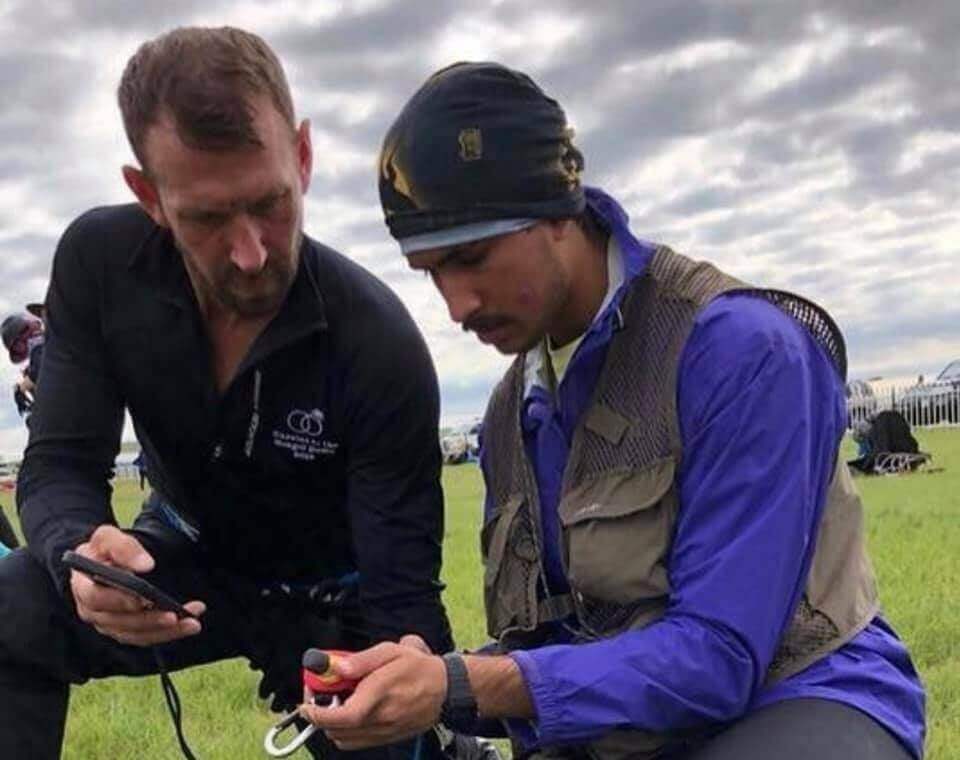
I thought the race would be so competitive and was afraid it would be cut-throat. But happily, everyone was so generous and banded together to help me. I rode with all sorts of people and everyone welcomed each other into their groups.
The first day, I was riding with Angus (SA) and after the second station he went ahead. My horse was a bit slower but then I got a really great horse, a rocket who meant I was able to catch up with Angus. But I ended up making the mistake of routing through the bog, so I had to emergency exit. Luckily the horse was able to get out of the mud pretty quickly; I remounted and we ended up clearing the vet check at the next station in record time with lessons learned. He was the best horse I had the whole Derby.
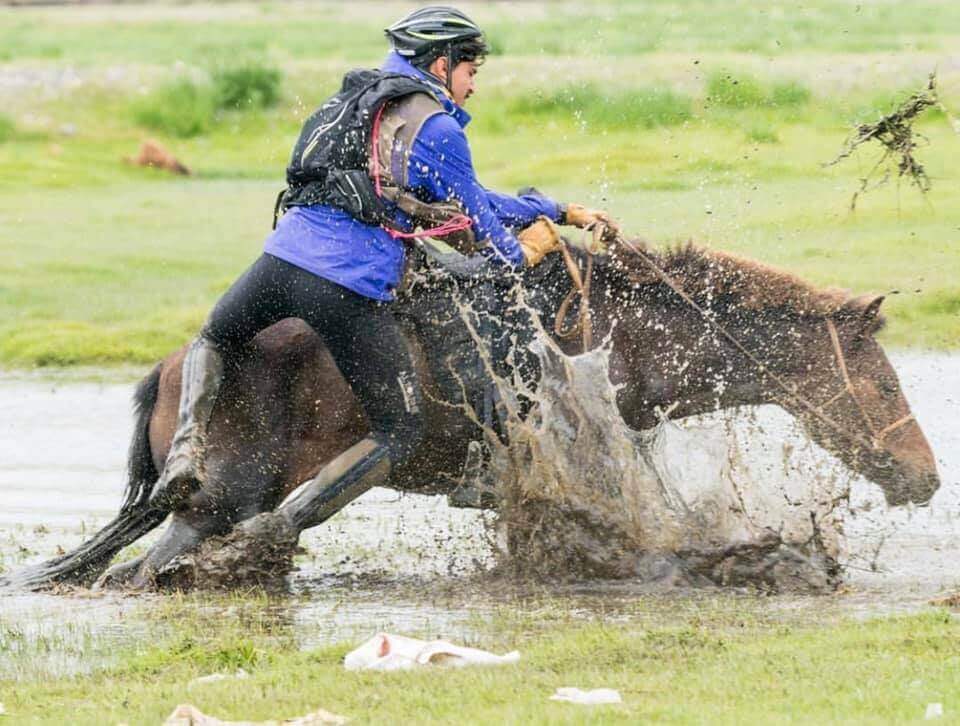
It was a bit awkward riding in a borrowed kit that didn’t quite fit. I was surprised I was able to adapt under the circumstances. I think I was about halfway through the race when I felt like quitting but then I thought once I made it past this point, the countdown begins so it made it mentally more achievable. I could see myself crossing the finish line and eventually I did.”
He wasn’t the first to fall victim to this bout of bad luck with losing kit: Pixie Pumphrey recounts her experience from a few years prior…
Pixie: “When I touched down in Mongolia to the horror of no luggage, I thought my Mongol Derby had finished before it had even started. I had three days to get my gear there, but a 3am call from London the day we travelled to the start line confirmed that my entire kit – stirrups, helmet, boots, literally everything – wouldn’t make it.
Luckily my fellow riders generously scrambled to find me spares out of their own kits. An hour before the start gun fired, I had a complete kit, lucky underwear included (thanks Charles).
I finally crossed the finish line in the dark after a gruelling eighth day, with 30mins left to ride. I should have waited to cross the following day, but I just wanted to get home. I will never regret arriving to a blazing campfire and the roars of celebration from those ahead, many of whom I had ridden with and whose kit I was able to borrow. Without them and the extraordinary horses I would have never made it the 1,000kms to the finish line. I guess those underwear really were lucky…”
